As urban areas expand and space becomes increasingly precious, many gardening enthusiasts are finding innovative ways to cultivate fresh produce right at home. Whether you're working with a small balcony, a tiny yard, or even just a windowsill, beds and container gardening offer excellent solutions for growing vegetables and herbs in confined spaces. Here’s a guide to making the most of your limited space and creating a thriving garden.
1. Understanding the Basics
Beds Gardening: Beds gardening involves creating raised garden beds, which are essentially enclosed plots of soil that are elevated above the ground. They offer improved soil drainage, easier access, and a more controlled environment. Raised beds can be constructed from a variety of materials such as wood, metal, or even concrete blocks.
Container Gardening: Container gardening refers to growing plants in pots or containers, rather than directly in the ground. This method allows for flexibility and portability, making it ideal for small spaces like balconies, patios, or even indoor environments.
2. Choosing the Right Vegetables and Herbs
Not all plants are suited for small spaces. Opt for compact or dwarf varieties that thrive in confined environments. Some great choices for limited spaces include:
- Vegetables: Lettuce, radishes, cherry tomatoes, peppers, bush beans, and small root vegetables like carrots and beets.
- Herbs: Basil, parsley, cilantro, chives, thyme, and mint are perfect for pots and small beds.
3. Selecting the Containers
When choosing containers, consider the following:
- Size: Ensure containers are large enough to accommodate root growth but not so large that they take up excessive space. For most herbs and vegetables, a pot with a diameter of at least 6-12 inches will suffice.
- Material: Containers come in various materials such as plastic, clay, ceramic, and metal. Plastic is lightweight and retains moisture well, while clay and ceramic offer aesthetic appeal but may dry out faster.
- Drainage: Proper drainage is crucial to prevent root rot. Ensure containers have drainage holes or use a container with a built-in drainage system.
4. Preparing the Soil
Soil quality is vital for healthy plant growth. Use a high-quality potting mix designed for container gardening. This mix typically includes a blend of peat moss, vermiculite, and compost, providing good aeration and drainage. For raised beds, a mixture of topsoil, compost, and other organic matter can create an ideal growing medium.
5. Planting Techniques
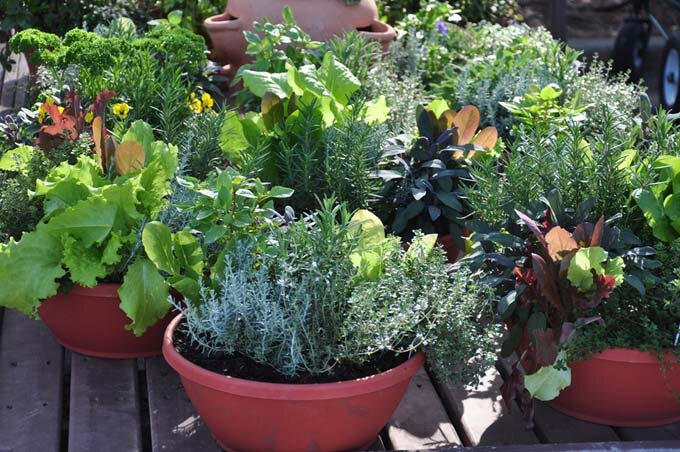
For Containers:
- Spacing: Follow spacing guidelines to avoid overcrowding, which can lead to poor air circulation and increased susceptibility to pests.
- Planting Depth: Plant seeds or seedlings at the depth recommended on the seed packet or plant tag.
For Raised Beds:
- Companion Planting: Maximize space by practicing companion planting, where plants that benefit each other are grown together. For example, growing carrots alongside radishes can help deter pests.
- Vertical Gardening: Use trellises or stakes to support climbing plants like tomatoes or cucumbers, allowing you to grow vertically and save ground space.
6. Care and Maintenance
- Watering: Container gardens may require more frequent watering than ground gardens, as containers can dry out quickly. Check moisture levels regularly and water as needed.
- Fertilizing: Regular feeding is important for container plants, as nutrients can be depleted more quickly. Use a balanced, water-soluble fertilizer according to the instructions.
- Pruning and Harvesting: Regular pruning helps keep plants healthy and promotes better air circulation. Harvest vegetables and herbs frequently to encourage continued growth and prevent over-ripening.
7. Overcoming Challenges
- Limited Light: If you don’t have ample sunlight, consider using grow lights for indoor gardening or choosing shade-tolerant plants.
- Pest Control: Container and bed gardens are not immune to pests. Use organic pest control methods, such as neem oil or insecticidal soap, to manage infestations.
8. Seasonal Considerations
Adapting to seasonal changes is crucial. In colder climates, consider using cold frames or hoop houses to extend the growing season. In hot climates, provide shade to protect plants from intense sun and heat.
Conclusion
With careful planning and the right techniques, beds and container gardening can transform limited spaces into productive and vibrant gardens. By selecting suitable plants, preparing the soil properly, and maintaining regular care, you can enjoy a bountiful harvest of vegetables and herbs right from your own home. Embrace the challenge of small-space gardening and revel in the satisfaction of growing your own fresh produce.
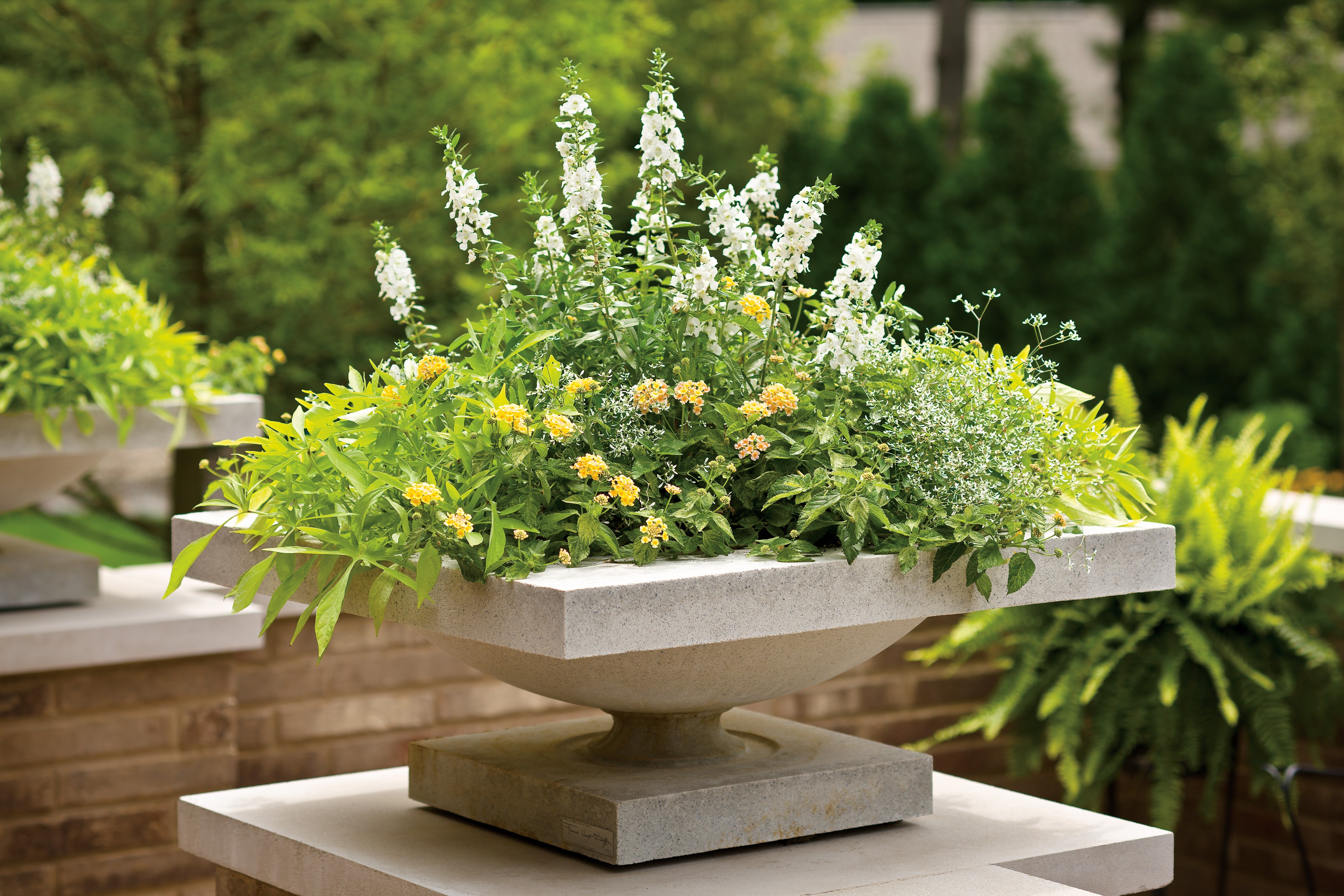
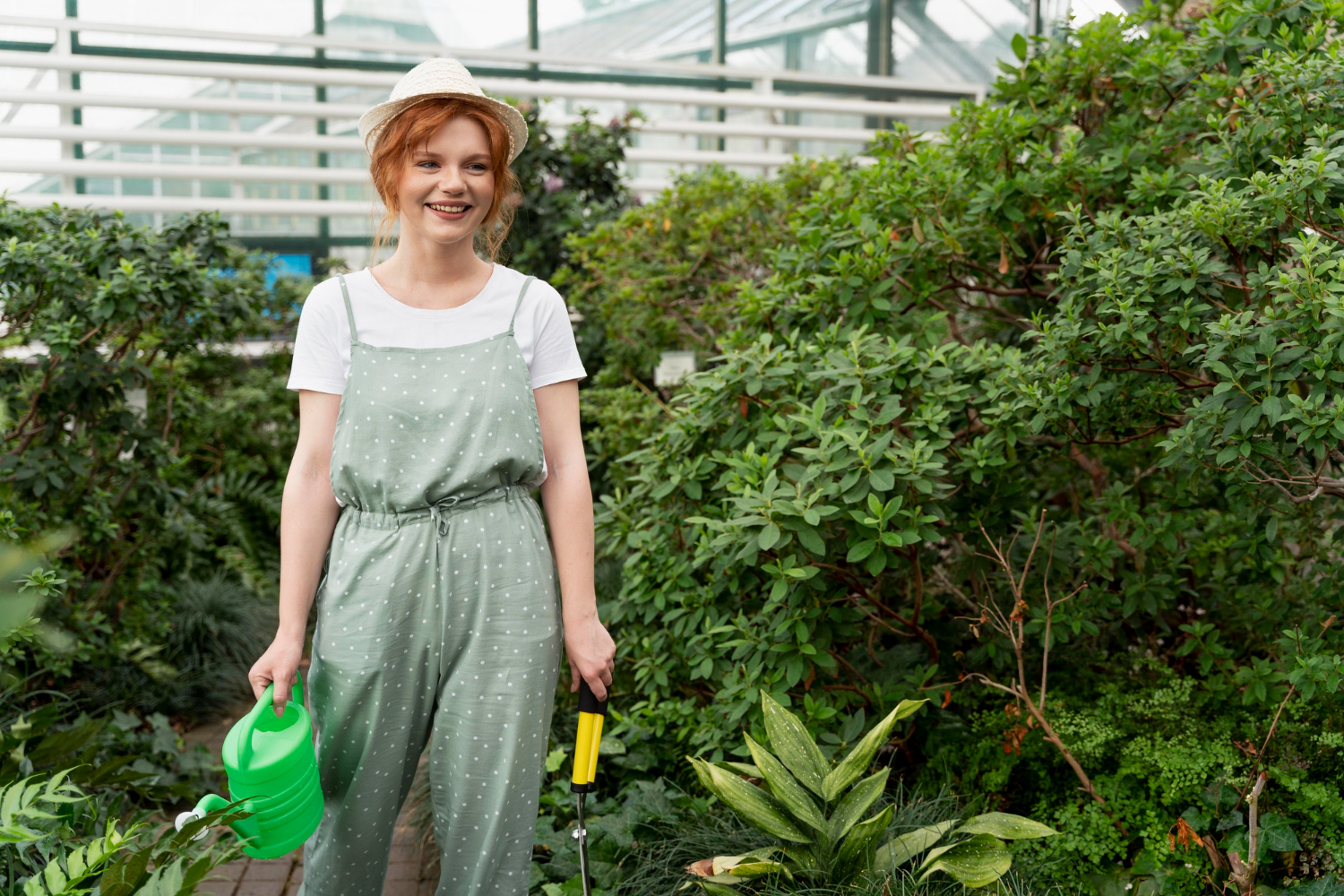
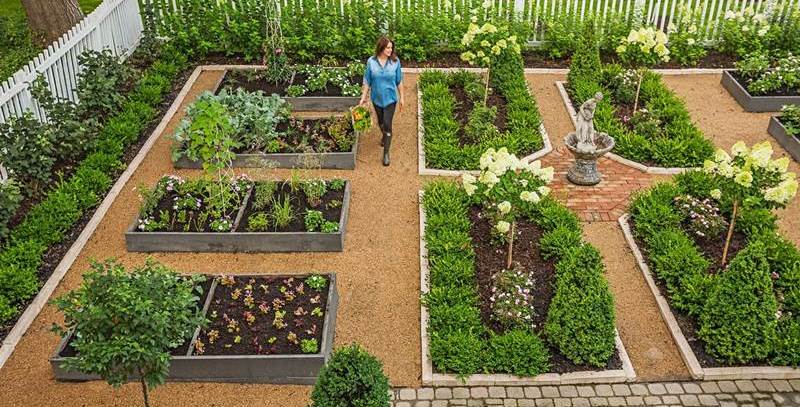
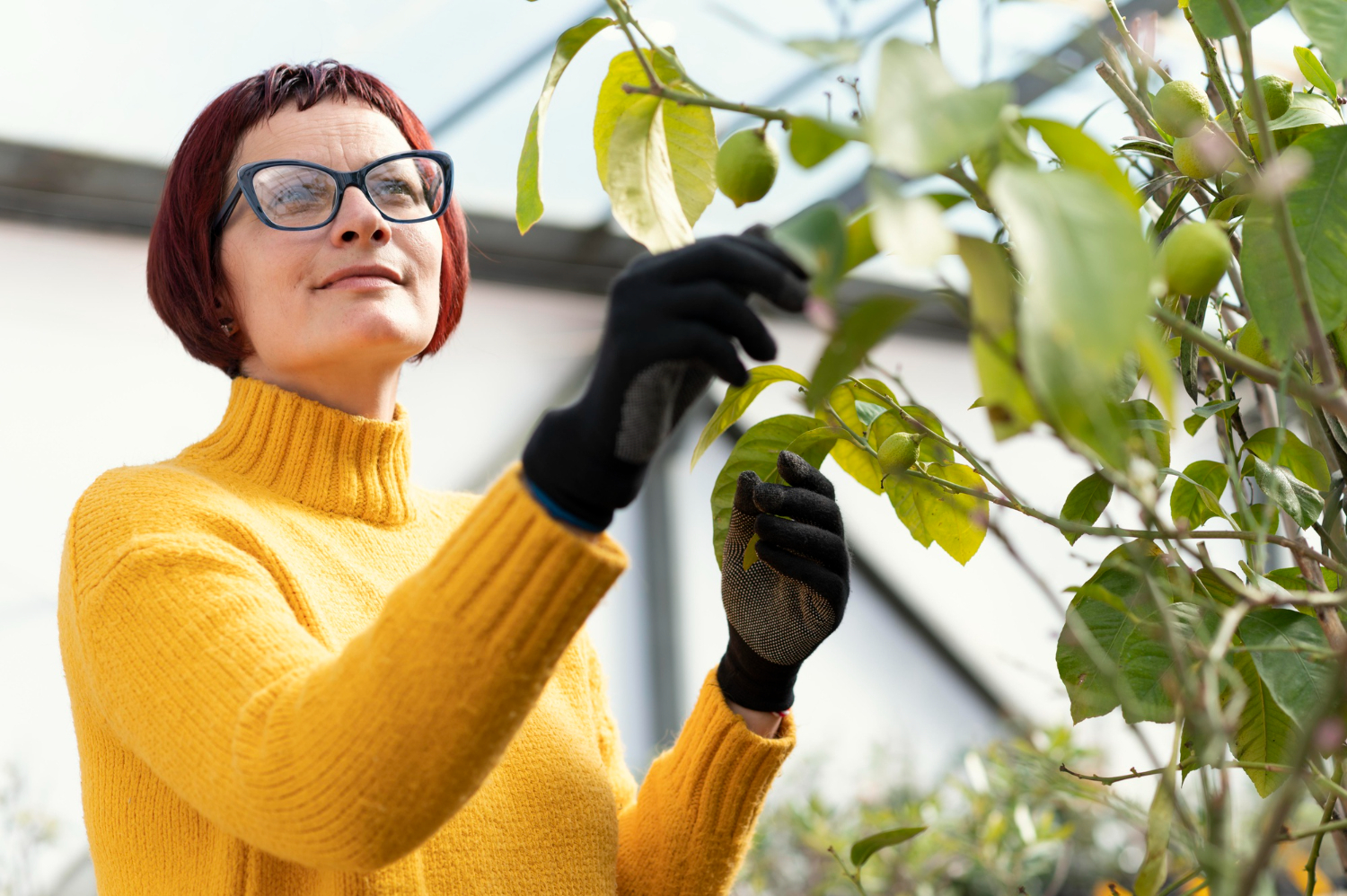
‟This site is a treasure trove of information. The articles are a bit complicated and to the point. I am grateful for the knowledge that is shared here.”
Reon Flowers
Author
‟The articles on this site are a great resource for expanding your knowledge. They are well studied and contain valuable information.”
Sayed Bishop
Author